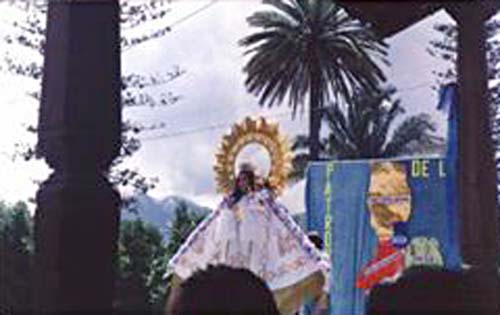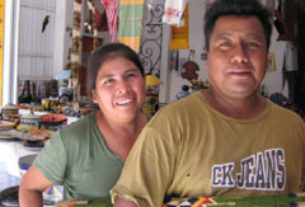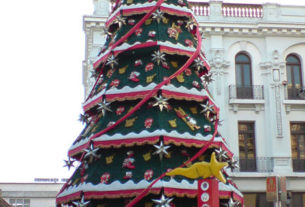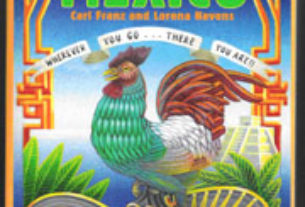At Home in Talpa de Allende, Jalisco
October 7 is considered the birthday of Nuestra Señora del Rosario (the Virgin of Talpa). We don’t ask who chose that date, but it’s time for celebrating in Talpa, as is almost any day. I’ll bet half the people in this town are named Rosario, especially if they were born anytime near the Virgin’s natal day. Boys are nicknamed Chalio and girls are called Chayo. Many business establishments are named after the town’s most popular attraction. Thus we have Farmacia Rosario, Hotel Rosario, Abarrotes Chayo and Popsiclería Chalio.
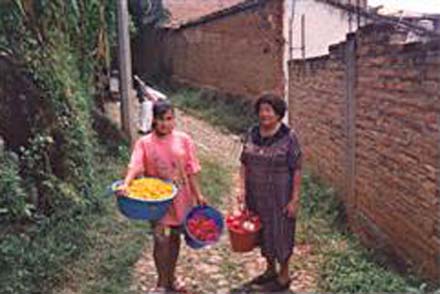
The day starts out normal enough with the early morning bus leaving for Guadalajara, a few dogs bark, and then the roosters begin to crow. There’s the difference. Roosters in Talpa don’t say, “Cockle-doodle-do!” They shriek out, “Haaapy Biiiirthday to You!” as they flap their wings. I know this to be true because I’ve seen and heard them myself.
The six o’clock morning mass is dedicated to the Virgin, then she begins to receive her well-wishers. This is a very organized neighborhood-by-neighborhood pilgrimage to the church to pay homage to “The Little Short One.” A few rockets are fired into the air to announce their coming, but not too many. Most of the fireworks were sent up over the past six weeks when the Virgin was out tromping the corn fields, and Mexico’s Independence Day was being celebrated.
Every pilgrim going to see the Virgin this day has a gift in hand. It may be a candle, a rose plucked from the bush in the back yard or a commercial floral arrangement. Many folks carry trays of squash, chilies, and fresh corn. Some men lug a fifty pound bag of sugar, dried corn or beans over their shoulders. Others tote a bottle of fine wine or tequila. Or they may carry bottles of cooking oil, rice, coffee beans or chocolate. All these welcome gifts go the needy and infirm. I go every year to hear the singing of praises to their Loved One, La Chaparrita, Shorty, the Virgin of Talpa.
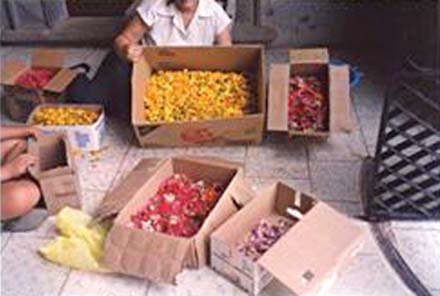
This date is the third time of the year when a carpet of flowers is laid in the plaza. Lots of money has been spent on fireworks, commercial flowers, and a new dress for the Virgin recently, so the natives head to the country and their backyards to gather whatever nature has provided. Neighbors fill buckets with bougainvillea blossoms, dahlias, marigolds, white daisies, and take them to a vestibule in the church. You dump red flowers in one corner, yellow in another, and whites in a different place. Teenagers are in charge of separating the petals for the carpet designers, who usually are older folks who have had more experience in making these natural tapestries.
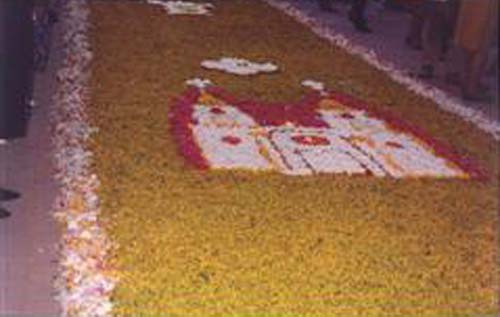
They lay a runner of sawdust as the background which is outlined with the golden flower heads of a plant growing in the open fields and along the mountain sides called Santa Maria. It has a pleasant, but indescribable pungent odor. The colored flower petals are laid on top of the sawdust in an intricate design. They may have some previous notion as to what the design will be, but it mainly depends on the abundance of whatever is available.
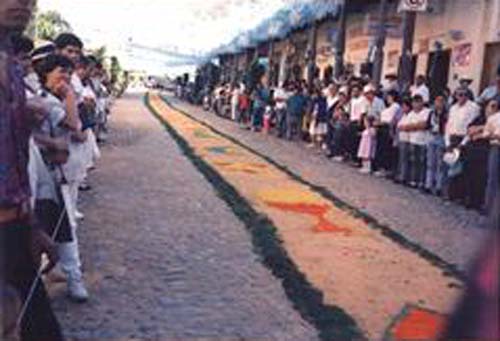
By 5 o’clock the holy carpet is ready, church bells begin to chime, and The Lady walks. She is regally carried around the plaza on the shoulders of a select group of men and women to the cheers and applause of her devout believers.
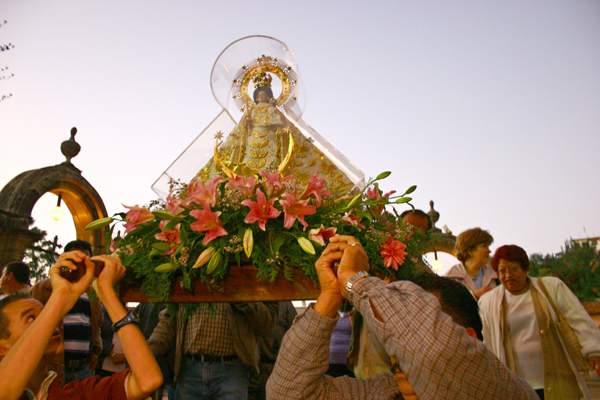
No sooner than the Virgin has passed over the carpet, which has taken all day to gather and lay, little hands reach out to grab it up. The people consider it holy, allow it to dry, and then burn it in their homes in times of sickness.
The evening ends in a quiet, reverent mood as hot air balloons are released from the temple towers and gently float out across the valley of Talpa de Allende under a star-studded sky.
Happy Birthday, Rosario.
